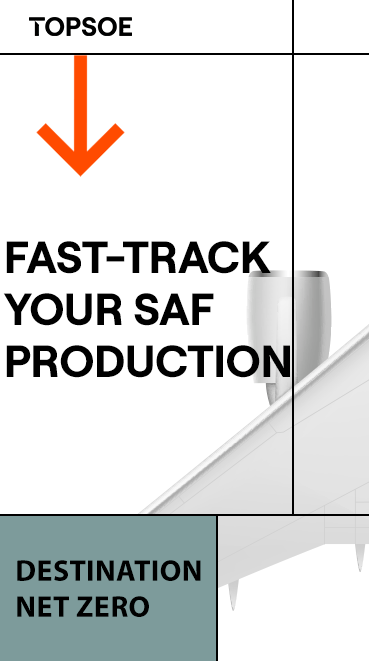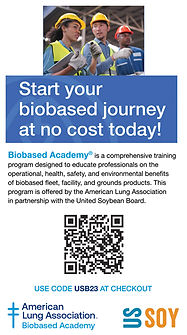Topsoe to supply technology for Riograndense’s renewable diesel, SAF plant in Brazil
- Topsoe
- Nov 14, 2024
- 2 min read

Topsoe, a global leader in carbon emission reduction technologies, announced Nov. 13 that it has signed an agreement with Refinaria de Petróleo Riograndense SA to provide its HydroFlex™ and H2bridge™ technologies for sustainable aviation fuel (SAF) and renewable diesel production at Riograndense’s Rio Grande renewable fuels plant in Brazil.
Riograndense aims to produce 16,000 barrels (672,000 gallons) per day of renewable diesel and SAF from soybean oil and tallow feedstocks.
When in full operation, Topsoe’s technology is expected to enable an annual emission avoidance of more than 2 million metric tons of CO2e, the equivalent of avoiding the emissions from more than 240,000 gasoline-powered passenger vehicles driven for a year.
The plant is anticipated to begin operating in the first half of 2028.
The production addresses the rapidly growing demand for SAF.
As cited by the International Energy Agency’s net-zero scenario, over 10 percent of fuel consumption in aviation needs to be SAF by 2030 to stay on course for net-zero CO2 emissions by 2050.
In 2023, the International Air Transport Association estimated global SAF production to make up only around 0.2 percent of total jet fuel demand.
“With Brazil setting ambitious airline emissions-reduction targets in October this year, Riograndense is one of the country’s early movers to ensure SAF supply is available for airline operators on-time,” said Elena Scaltritti, Topsoe’s chief commercial officer.
“We look forward to partnering with Riograndense to grow the supply of renewable fuels in Brazil,” Scaltritti added.
Felipe Jorge, the managing director at Riograndense, said, “We believe Topsoe is the right partner for Riograndense to progress towards the total conversion to a biorefinery, which will allow us to become a reference in the SAF production in Brazil.”
The agreement with Riograndense follows a number of wins announced by Topsoe for the roll-out of its HydroFlex™ technology, including Holborn’s Hamburg renewable fuels refinery, Braya Renewable Fuels’ Come By Chance plant in Canada, Cepsa Bioenergia San Roque’s Palos de la Frontera plant in Spain, and Guangxi Hongkun Biomass in China.
With HydroFlex™, customers can convert various fats, oils and greases into drop-in renewable jet and diesel that meet all globally accepted specifications for these fuels.
Topsoe’s HydroFlex™ can be deployed in both grassroots units and revamps for coprocessing or fully renewable applications.
The H2bridge™ technology replaces external fossil feedstocks for production of hydrogen by processing the waste propane and off gases from the HydroFlex™ process and converting it into green hydrogen that is then consumed in the same process.
This patented process integration provides the customers with an improved carbon-intensity score.
The history of oil refining in Brazil began in the city of Rio Grande.
The Riograndense Oil Refinery, which began working in 1937, is now owned by Petrobras, Braskem and Ultrapar.
The company’s main operations are currently the processing and sale of petroleum derivatives, particularly gasoline, diesel oil, petrochemical naphtha, fuel oil, LPG (domestic gas) and other products.
Its market is concentrated in the south of Brazil, particularly the state of Rio Grande do Sul.
The refinery has an installed processing capacity of 17,000 barrels (714,000 gallons) a day.






















-RKstandin.jpg)
_gif.gif)




